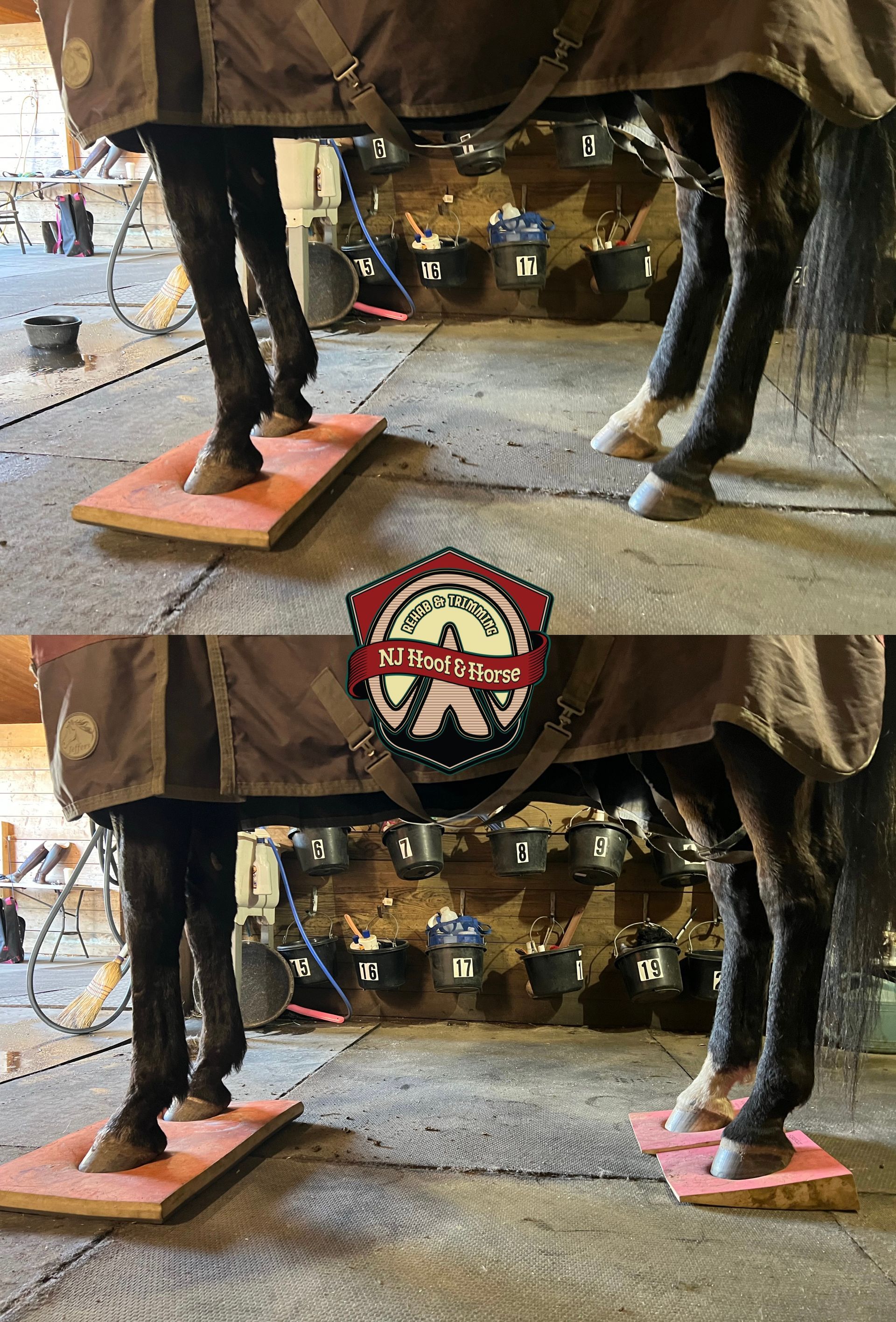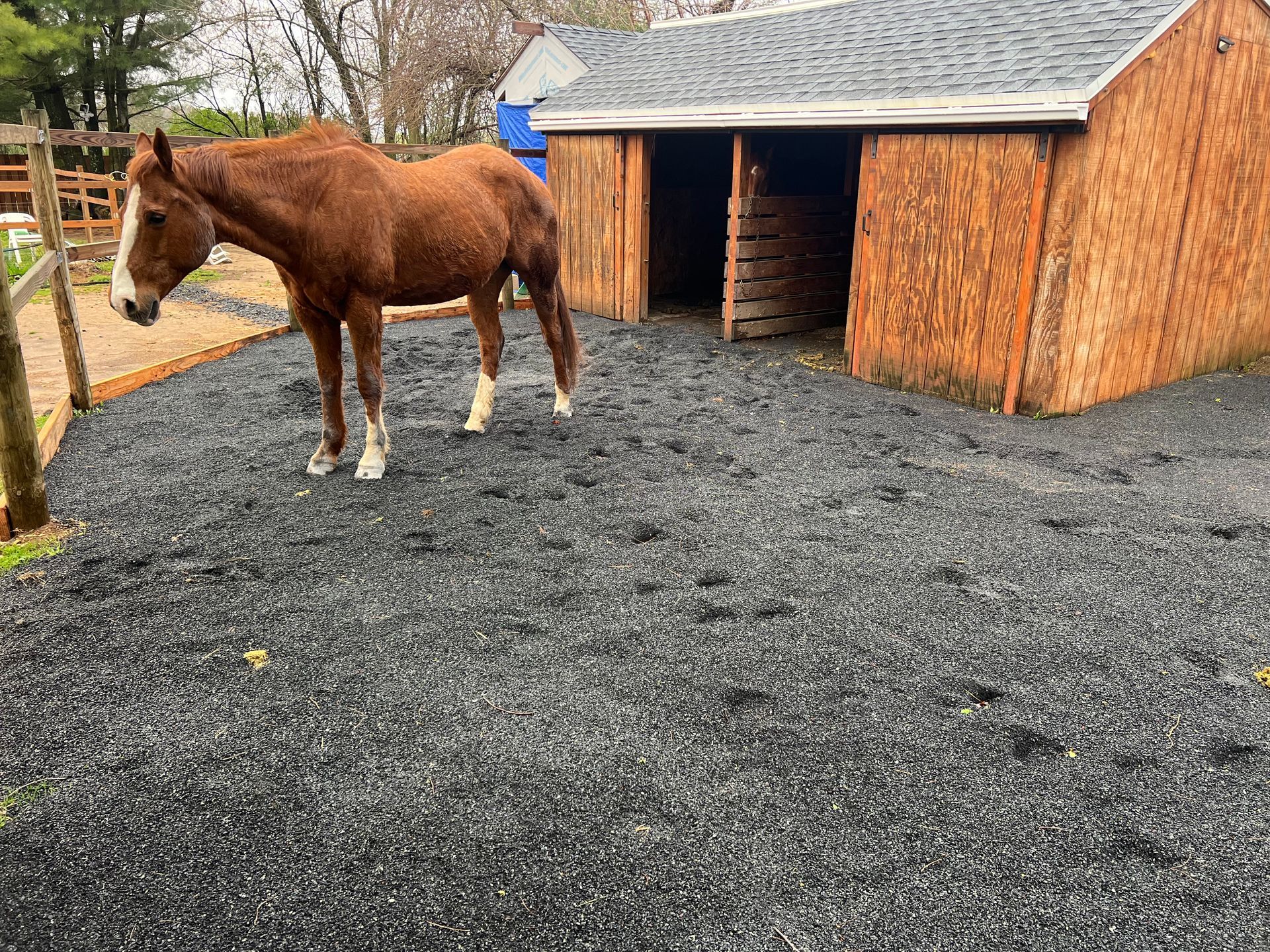Bruising: Is it normal and what to expect?
One Minute Discussions #59
Discussing Natural Hoof & Horse Care
BRUISING: IS IT NORMAL AND WHAT TO EXPECT
When we hit ourselves somewhere accidentally we develop a bruise mark. Small blood vessels break and blood seeps out from them, but because there is no open cut, the blood gets trapped under our skin.
Same thing happens with horses. The vessels break, but because there is no open cut the blood gets trapped between the soft and hard material of the hoof (hoof wall & soft tissues or sole & soft tissues).
But are bruises normal to see in horse hooves? It really depends. Just like us, horses might take a wrong step or step on a rock and get a bruise, but if your horse gets bruises consistently we might be looking at a problem.
The root of that problem can be from an imbalanced trim. Or maybe the horse has weak soles and the terrain is just too aggressive. At times bruises will show up after the horse abscessed. Sometimes consistent bruising may be a sign of laminitis.
We really have to dig deeper if we notice consistent bruising on the hooves. Preventing a problem is way better than treating/managing it.
Dhttps://www.facebook.com/groups/403518701681330/permalink/587585829941282/

